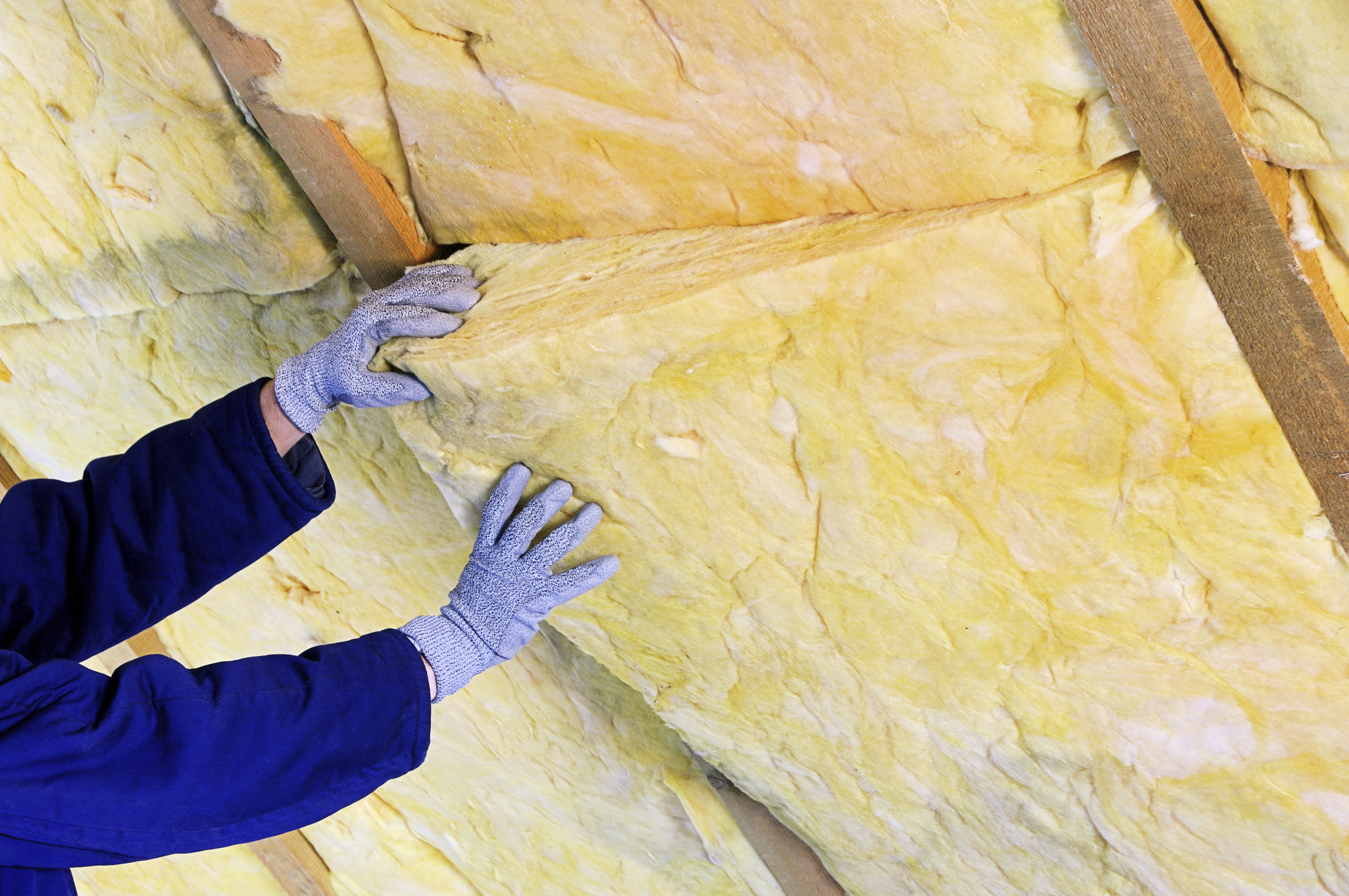Energy bills can be one of the greatest expenses for households, after mortgage or rental payments, but having energy efficient measures fitted to the home can cut costs significantly. Rebekah Commane looks at the options available.
It might seem that there is nothing that can be done to reduce ever-increasing energy bills, particularly as gas and electricity companies have hiked up prices this winter. Even with the majority of the largest energy companies committing to passing on savings that they will make thanks to the government’s green deal levies, prices remain at an all-time high.
 Consumer comparison site uSwitch.com claims that consumers will be left £53 out of pocket, even after the part reversal of price hikes is imposed, and in these days when any additional expense can have a significant impact, it’s hard to face paying out on essentials.
Consumer comparison site uSwitch.com claims that consumers will be left £53 out of pocket, even after the part reversal of price hikes is imposed, and in these days when any additional expense can have a significant impact, it’s hard to face paying out on essentials.
However, having various energy saving measures made to your home can have a significant impact on your outgoings and will also mean that you leave less of an imprint on the environment.
There are numerous ways in which you can make your home more energy efficient – from large jobs like installation of wall and loft insulation, double glazed windows, or a solar powered heating system – to smaller measures like insulating your hot water cylinder, using energy saving light bulbs and introducing an eco-friendly shower head.
It can be expensive to independently fund the larger projects, which will make the most impact on your energy bill costs, but there are schemes in place to assist with this.
The Green Deal
The Green Deal is one of the main programmes that can help UK residents to make energy-saving home improvements. It is a government initiative that was launched in October 2012 to help homeowners to pay for the introduction of energy saving measures.
The scheme provides access to funding for the energy efficiency requirements for your home and the loan is paid back over time through heating and electricity bills.
Alternatively you can pay for the costs in advance by contacting a certified installer.
According to those behind the scheme, the cost should be no more than what a typical household should save on energy when the measures are implemented. If a resident moves, the costs of the improvements move on to the new occupants of the property where the saving measures have been applied.
Currently there is a limit of £10,000 for domestic homeowners to employ more green technology in their properties, which will allow them to install the following types of green measures;
- Wall insulation, both solid and cavity.
- Loft insulation
- Double glazing
- Door insulation
- Smart meters
The above measures are aimed at reducing demand on energy. The other measures to be covered by the Green Deal include the following:
- Solar power, both Thermal and Photo Voltaic panels
- Air and ground source heat pumps
- Biomass boilers
Each property will have to be rigorously inspected by a Green Deal accredited advisor to see which measures will return the best results. The Green Deal for homes will enable up to 26 million homes to be upgraded over the next 25 years.
Once the assessment of the property has been carried out, the advisor will make suggestions to the home owner and a Green Deal Plan will be written, outlining the work to be carried out. All Green Deal providers and materials will have been through a series of tests to ensure that the homeowner can expect a standard of workmanship and quality regardless of the trades people involved.
You can either get an assessment through a Green Deal Assessor or you can do this independently and choose any provider/installer to carry out the works. Some green deal assessors will offer the overview for free, while others will charge.
Twenty Green Deal providers have been registered to participate in the programme. They are Anesco, Aran Services, British Gas, CarbonLow, Carillion, Carrie Parisella, FITGAS, GHE Solar, GR33N, Grafton Merchanting, Infinity Energy Organisation, InstaGroup, Inteb Sustainability, Keepmoat, Local Energy, MEB Total, Network Green Deal, Npower Northern, The Big Green Energy Company and Toriga Energy.
Criticism
The Green Deal has come in for a barrage of criticism since its introduction, initially due to what was considered an uncompetitive repayment rate structure.
Recently the Department of Energy and Climate Change (DECC) released figures that showed a significant decline in those opting for installation since the launch of the scheme.
Figures found that, while 1.6 million lofts had been insulated in 2012 that figure fell to just 110,000 up to October 2013, a drop of 93 per cent pro-rata.
The drop, of more than 90 per cent in the case of loft insulation, was described as serious by the government’s own fuel poverty adviser and terrible by Labour.
Grand Designs front man Kevin McCloud also had reservations about the Green Deal when he was interviewed in What Mortgage last year. While the self-build guru is hugely in favour of living an energy efficient lifestyle, he criticised the loan repayment interest rate.
Nevertheless, making a home more energy efficient remains one of the only ways to cut costs of heating in the long run.
Home Heat helpline
For those who are in urgent need of assistance in paying energy bills during the colder months, the Home Heat Helpline offers free advice on the various assistance programmes available.
They can give you quick, clear information on the grants, benefits and payment schemes that you may be entitled to as well as basic steps that you can take to save money on heating bills by making your home more energy efficient.
After asking you a few questions the advisor may put your call through to an appropriate specialist team at your energy supplier or another advice or grant giving agency, for further help.
Many people phone on behalf of their friends, relatives and neighbours. Since it began, the Home Heat Helpline has received over 300,000 calls from across Britain. Nearly half of callers said that they had cut down their energy bills after calling us and many more were able to access benefits and grants.
The service is open between 9am and 5.30pm Monday to Friday on 0800 33 66 99.
Money saving tips
The National Insulation Association has put together the following list of ways that householders can keep the heat in their homes and reduce their energy bills.
- Around 58 per cent of a home’s heat can be lost through un-insulated walls and lofts. A hassle-free way to save energy and prevent money disappearing into thin air is to stop this heat escaping with insulation.
- Solid Wall Insulation can save around £475 a year on householder’s fuel bills year-on-year! It can also reduce a home’s carbon footprint by around 2 tonnes of CO2 a year.
- If every UK household suitable for Cavity Wall Insulation (CWI) installed it, a saving of 4 million tonnes of CO2 every year could be made – a decrease in 560kg of CO2 per household. CWI pays for itself in around 2 years and will typically save around £140 a year on householder’s energy bills.
- Draught proofing around leaky door and window frames can save around £55 a year on energy bills and can make a home feel more snug and pleasant.
- Insulating under the floorboards on your ground floor will save you around £60* a year and you can seal the gaps between floors and skirting boards to reduce further draughts too.
- Loft insulation can save around £180 per year on householder’s energy bills and around 730kg of CO2 a year.




